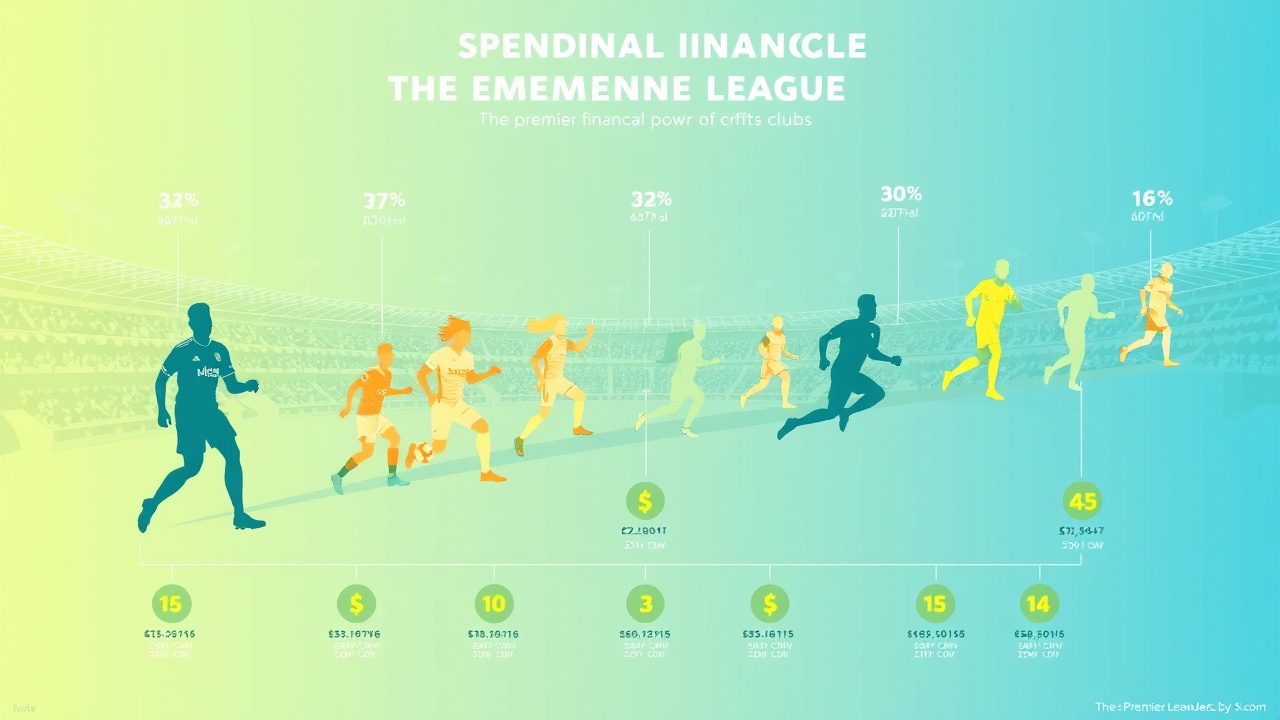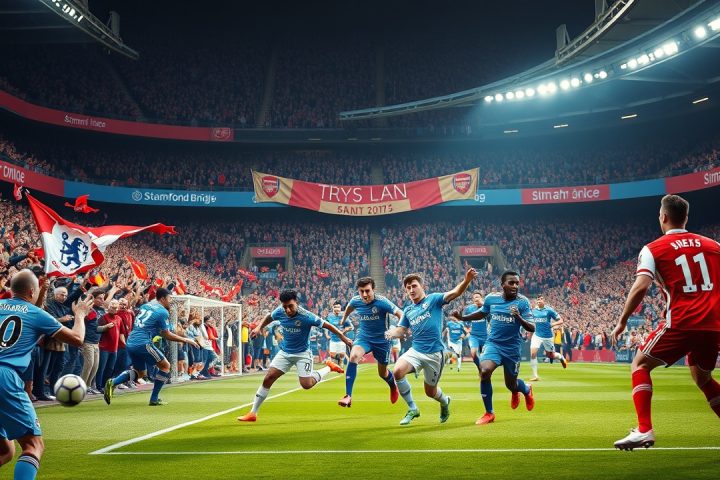Overview of the Summer Transfer Period
The current summer transfer period has gotten off to a shaky beginning, mainly due to the newly introduced Club World Cup. To accommodate this tournament, clubs experienced a brief ‘exceptional registration period’ from June 1 to June 10 before the transfer window was paused for five days. It officially reopened on Monday, allowing Premier League teams to finalize new signings until 7 PM on September 1.
Premier League Spending Trends
Despite these initial disruptions, there’s been a swift return to the usual spending patterns, and Premier League clubs are leading the charge. So far, England’s top-tier teams have invested over €760 million (£648 million) in new players, which is more than double the expenditure of Serie A, Italy’s highest-spending league.
The nature of the transfers has mostly been domestic, with clubs frequently trading amongst themselves. Even considering only domestic transactions, English clubs have recorded a net spending of €412 million, far surpassing other leagues, none of which have even crossed €100 million in net expenditure this summer.
Financial Dominance of the Premier League
The Premier League’s financial dominance can largely be attributed to its lucrative television rights deals. UEFA’s latest report reveals that the total annual revenue from TV contracts for La Liga, Bundesliga, Serie A, and Ligue 1 reaches €4.998 billion. In comparison, the Premier League alone commands €4.53 billion, representing 91% of the combined worth of these other major leagues.
This figure could increase further if the situation in France changes, particularly after DAZN’s deal with Ligue 1 fell through just a year in.
Comparative Analysis with Other Leagues
The discussion on which league possesses the strongest financial muscle is unambiguous: the Premier League continues to be the leading force in global football spending. While the Saudi Pro League has made headlines for its recent surge in spending, it trails the Premier League, which has enjoyed a longer tradition of financial supremacy in the transfer market.
Nonetheless, the Saudi league has emerged with high-profile acquisitions since the summer of 2023 and possesses significant resources due to backing from the Public Investment Fund, particularly among four clubs: Al Hilal, Al Nassr, Al Ahli, and Al Ittihad, which collectively account for about 85% of the Saudi league’s expenditures.
In contrast, Premier League clubs disperse their spending more evenly across the board. For instance, Ipswich Town, who just returned to the top flight but were relegated swiftly, spent over £100 million last summer. Bournemouth, with a fanbase that averages just over 11,000 attendees, has also invested heavily to the tune of £271.1 million over two seasons, recouping a mere £5.1 million in return, which ranks them fifth in net spending in England.
Player Transfers and Market Dynamics
The increasing appeal of Premier League clubs is evident in player transfers. A striking example is Bournemouth’s capture of Dean Huijsen from Juventus, later sold to Real Madrid for more than three times what Bournemouth originally paid. Such transactions highlight the inflated nature of Premier League transfers as clubs know English clubs are willing to pay higher fees.
Indeed, Bayer Leverkusen managed to negotiate a club-record fee from Liverpool for Florian Wirtz partly because Premier League interest inflated his market value.
If interest had been limited to German clubs or others with lesser quality, the financial negotiations would have shifted dramatically against Leverkusen’s favor.
Valuation Trends and League Comparisons
To analyze and quantify these trends, sports intelligence firm Twenty First Group (TFG) has developed a model to estimate player values based on historical data. They illustrated that a Premier League club could expect to sell a star player, known here as Player X, for around €58 million when dealing with domestic clubs—but that figure drops significantly with foreign clubs, such as €51 million for a Saudi club and lower for leagues such as La Liga, Serie A, and Ligue 1.
Such dynamics arise not just from player quality but also from league status. The financial struggles faced by Ligue 1, highlighted by the dominance of Paris Saint-Germain, show a stark contrast to the thriving English clubs. PSG alone accounts for 39% of the league’s spending, while other Ligue 1 entities grapple with far more limited financial power.
The financial landscape is shifting within Serie A as well, which has shown encouraging signs of growth, leading the net spend rankings for 2024-25. Improved European performances and increasing domestic competition have bolstered their revenues, though stagnant television deals and notable losses for clubs like Juventus limit progress.
TFG observes that Serie A clubs, when spending €20 million, can procure a player likely to start for the 12th-best Premier League team. Comparatively, the same investment in England only yields a player suited for the 18th-ranked NFL club. Therefore, English teams need to invest significantly to attract talent that can ensure survival in the league.
Conclusion
Despite the increasing financial demand on top clubs, the resources available to them allow such spending to remain feasible. Currently, Premier League teams stand poised to engage in substantial purchasing this summer, cementing both their status and dominance in the transfer market, underpinned by their ability to spend at will, resulting in an ongoing cycle of elevated transfer fees and financial negotiations.




